
- Chiapas & its pueblo's

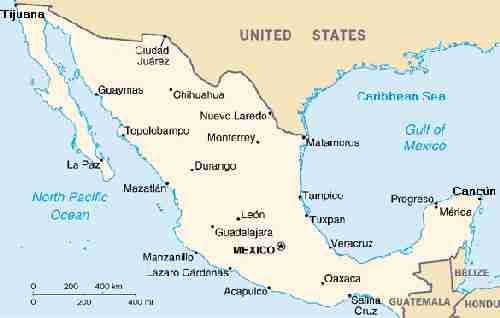
Chiapas is a large state in the far south of Mexico; and one of the most untouched areas in the country. I had heard a lot of hype from the media about the ongoing problems there, and hence was concerned as to the safety aspects of visiting.
Nasty stories were going around, like busses being stopped and people being held at gun point, robbed and raped. But I didn't know if they were just stories, or were completely or partially true, so I kept my ear to the ground as I got closer.
The problems arose from the clash between a growing group of rebels, called the Zapatistas, and the government. In short, the Zapatistas were fighting against continued oppression. About one month before I went, there was a report on the news about the killing of 35 people in one of the towns in Chiapas. Blame was passed around. As it turned out, it was the Mexican government who sent the military in because the town was a Zapatista stronghold - which just further demonstrates the oppressive behaviour of the government.
Anyway, without getting too deep. What I saw was a beautiful country-side, with green forest and beautiful blue sky. In the township of San Cristóbal were just typical Mexicans, trying to earn a living. There seemed to be no military or Zapatista presence, except for the little balaclavered "Marcos" dolls which the locals sold to the tourists in support of the Zapatista movement (the Marcos doll is a representation of the Zapatista leader).
I (basically) stuck to the touristed route, and in doing so did not encounter any of the troubles that were so much talked about in the media.
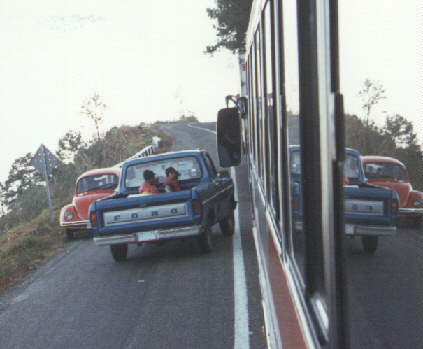
The picture says it all. They even try these overtaking maneuvers with their kids in the back. But then, this was nothing compared with what I saw, no, experienced in Guatemala.
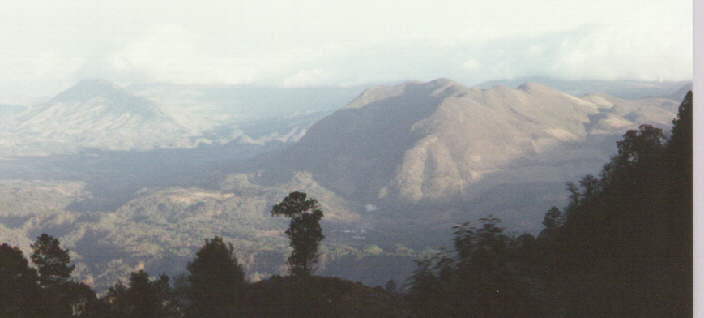
Moving on from Oaxaca, we travelled to Chiapas overnight and had the pleasure of seeing this beautiful sunrise while winding through the mountains at 2000m above sea level.
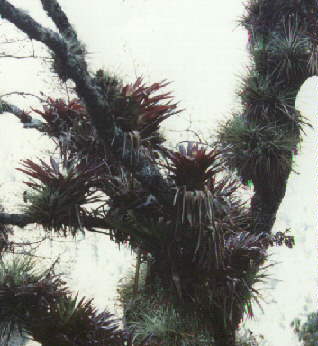
Cool. These red and green cacti used the trees as their host.
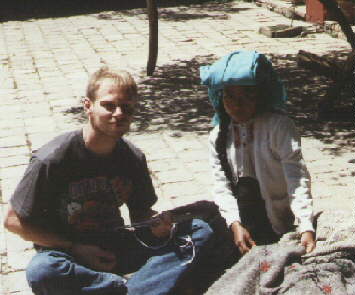
Indigenous girl showing me how to weave a bracelet (pulsera) in San Cristóbal de las Casas. The blue material on her head is not something she wanted to do because she was bored. This is what the women traditionally wear to keep the sun off their head. This girl was about 13 years old. On her days off from school, she would sit here all day and sell the clothes her mother made.
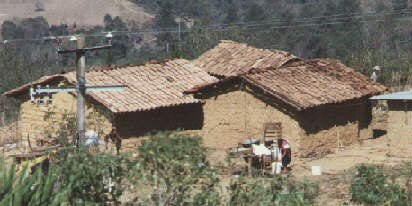
A typical house in the town of San Juan Lorainzar, near San Cristóbal.
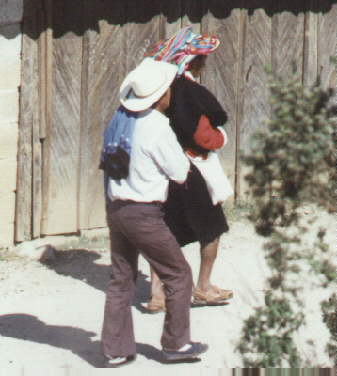
Here it is tradition for a married man to wear black clothes, red belt and a sombrero (hat) with multi-coloured strips of ribbon.
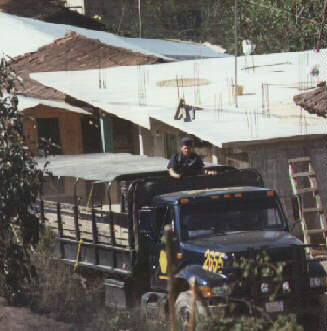
This was an attempt to capture the forbidden "military" photo, the sort that can get you deported if you're caught. I sat atop a hillside and used my 300mm zoom lens to avoid being seen. The only problem is that I think they were only local police. Oh well, still a little taboo anyway.
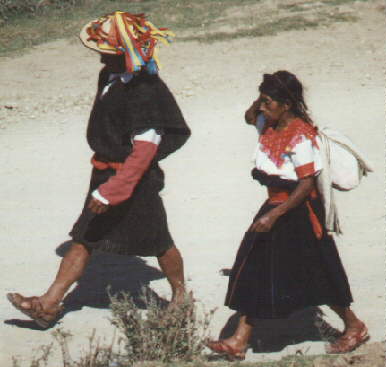
Typical attire of a married couple. The woman's white blouse is decorated with red floral patterns. Each pueblo has its own unique colours and patterns. This one is unique to San Juan Lorainzar.
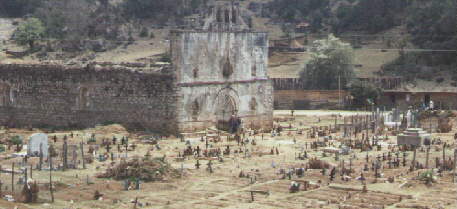
This is an abandoned church in San Juan Chamula, not far from San Cristóbal. It was destroyed by an earthquake. The locals salvaged the contents, but the statues of the saints were beheaded as punishment for not protecting their church. In front is the local graveyard. Due to lack of space, later members of the same families are buried in the same hole, one on top of the other. Instead of adding names to the existing gravestone, additional crosses are placed in front of the last. One grave has a family of six inside.
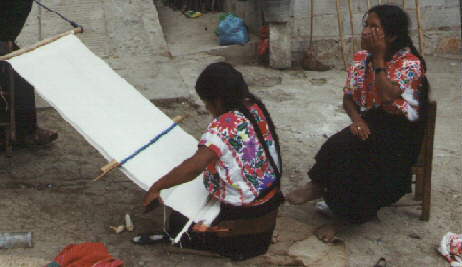
This is how the women make the telas or cloth for bed and table covers, shawls etc. It can take weeks to finish a large tela. This lady (kneeling) is about sixteen years old, and already has three children. It was a little surprising to see her daughter of what looked like three years old run over to her, slip aside her blouse and quite casually have a quick suckle of breast milk before running off again.
The blouse, skirt and belt are all particular to this town. The skirt is just a large piece of material wrapped around the waist a few times. It is held in place with a thin piece of cloth also wrapped around a couple of times.
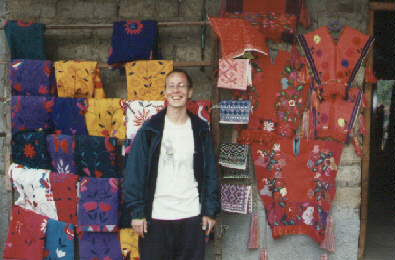
All hand woven, many probably used in the home. I just wonder if these particular colours are chosen because of tourists taste.
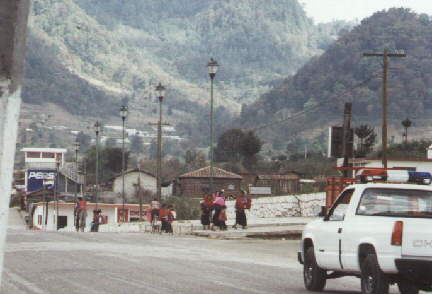
The town of Zinacantán. Not exactly an enthralling picture, but it just goes to show you that even in such remote places like this, big business companies still have a presence (notice the Pepsi advertisement in the background). In fact, in the previous town, San Juan Chamula, the locals go to the local sharman for health reasons. As well as performing ceremonies involving lit candles and live chickens, he may tell the patient to go home and drink a certain number of bottles of Coca Cola. The reason for this is that the subsequent burping releases the evil spirits from within the body. Coca Cola has been prescribed for the last 26 years.
I wonder which brilliant Coca Cola sales person came up with THAT story.